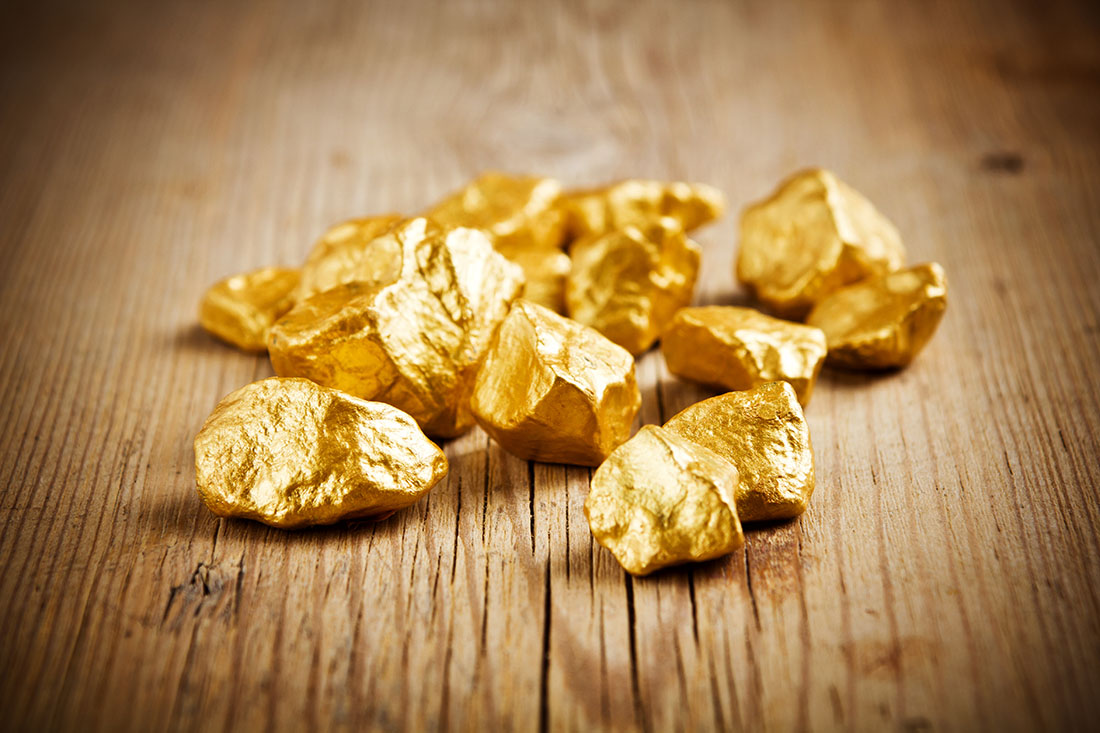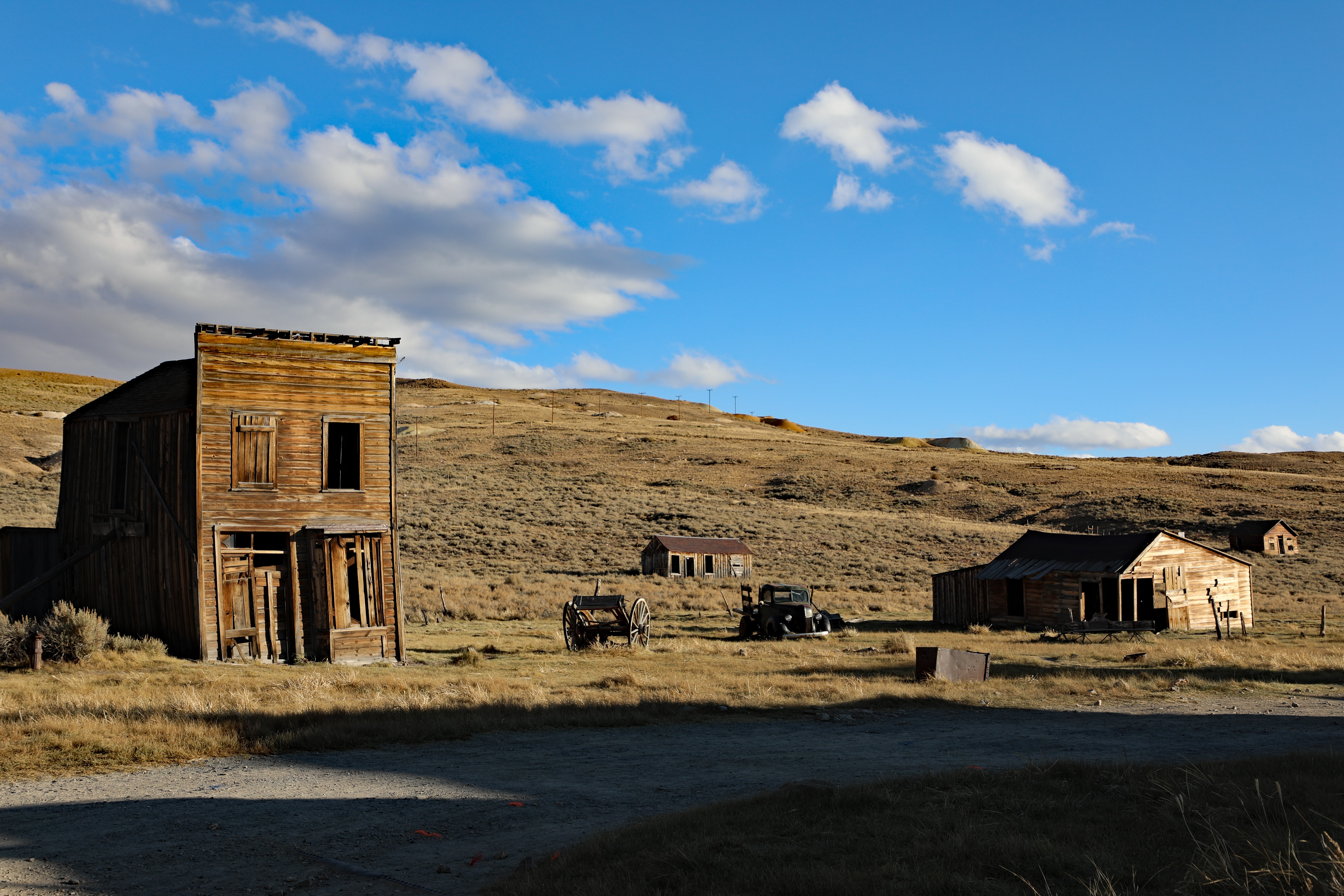
If you live in the United States of America, you’ve probably experienced a lot of things that come from western culture. What shaped America, though? What led to the influx of shops, businesses, and locations of homes and cities?
There are a lot of different events that helped to form the United States as we know it today. These events have roots all the way back in America’s infancy and branched out in all the years that followed. One of the most important, country-shaping events was the gold rush that took the nation by storm. It had social and economic impacts that would affect the country forever.
The Gold Rush History
Most people are under the misconception that California had the first major gold rush. This is a common error because the gold rush to California is well-documented and widely regarded as one of the most important times in our country’s history. However, the first gold rush was over fifty years before people would begin heading to California in droves.
Cabarrus County
The first gold rush started in Cabarrus County, located in North Carolina. Cabarrus County is a beautiful county just over three hundred and sixty square miles. It's located on the gentle countryside of the Carolina Piedmont. There are no real high points in the county, though the eastern half contains the westernmost foothills of the Uwharrie Mountains.
Cabarrus County was the center a controversy between the Scotch-Irish on the western side and the Germans on the eastern side. They couldn’t agree on a location for the county seat, as both sides wanted it closer to their specific populations. Eventually, Stephen Cabarrus, for whom the county was named, wrote a letter to the towns people urging them to come together and find a compromise through civil and peaceful means.
In 1796, the central county area was picked and named Concord. This was derived of two French words: “with” and “peace”. Representative Paul Barringer put forth a bill into the state legislation to incorporate the town of Concord. It was officially passed on December 17th, 1806. The land which was incorporated was owned by Samuel Hule and his wife, Jane Morrison Hule.
Conrad Reed
The iconic moment in gold rush history begins with a boy named Conrad Reed. At just twelve years old, Conrad was already working on his family’s farm, helping his father with harvest and with other projects. One day, the young boy was at Little Meadow Creek when he found what he believed to be a beautiful yellow rock. He had no idea that he’d just found a sixteen-pound gold nugget.
He took the ‘rock’ home and gave it to his father, John Reed, as a present. Gold was so uncommon in this time that his father did not recognize it for what it was either. For three years, the Reed family simply used this gold as a weighted door stop. It wasn’t until a traveling jeweler went by that they discovered what it was.
The jeweler told them it was gold, and the Reed family was excited when the jeweler offered to buy it from them. He told John reed to name a price and he’d come up with the money for it. John asked for a whole three dollars and fifty cents. That was about the equivalent of a week’s pay for a farmer at the time. The jeweler gave him the money and went on his way. It was only later that the Reed family found out that nugget was worth around thirty-six hundred dollars!
Gold Mining Operation 
In 1803, John Reed decided he wanted to start his own small gold mining operation after realizing there was much more gold on his property than he’d previously realized. Soon after he decided this, a slave simply known as Peter found a twenty-eight-pound gold nugget.
For several years, John simply used a technique called placer mining. This is the mining of stream beds. It can be done by open-pit or by using surface excavating equipment. It can also use tunneling equipment.
John continued this trend until 1831, when he began underground mining as well. He died in 1845 as a very wealthy man. The gold from his property had certainly changed his way of life for the better. Mining went on until 1912 at the Reed family farm.
The Charlotte Mint
It was because of the large quantities of gold found in this state and region during the late 19th century and early 20th century that the Charlotte Mint was built. It was located in Charlotte, North Carolina and was put in place by Andrew Jackson in 1835.
Over thirty thousand people participated in the North Carolina gold rush. This naturally affected the state’s economy and population influx.
William Thorn
One of the most prominent miners who came to North Carolina was William Thorn; the man who had designed the United States Capitol Building, was the same man who started the North Carolina Gold Mine Company. He had bought over thirty-five thousand acres of land on which he began his mining operations.
The gold rush of North Carolina hit its peak around 1832, There were over fifty different mining companies operating in the state. With the number of employees being just over twenty-five thousand, it comes as no surprise that gold mining became the second largest industry in the state, just behind agriculture.
At the height of the gold rush, a German immigrant named Thomas Belcher, who worked as both a miner and a jeweler began minting gold coins for the miners who worked locally. Throughout his career, he minted over two million dollars in gold coins! His business started out at a time when there were very few people in North Carolina who had US coins in their possession. This was because of the distance to Philadelphia.
Jobs Created by the Gold Rush
It should come as no surprise that the gold rushes of both North Carolina and of California had major impacts on the economies of these states. With the large influx of people new jobs were created, and more services were demanded. People rushed to fill in the gaps of what residents wanted and needed.
Gold Miners:
It goes without saying that gold miner was one of the most common occupations during the gold rushes. Men from all over the country and even some from other countries came to start mining gold, hoping to become filthy rich. Some of them bought land that they then mined for the precious ore while others simply worked at mines that were already built. Mining was difficult, grueling work that left the men exhausted and dirty by the end of the day. But, the money was worth it and many of them made enough income to provide for the families they’d left back home.
Farmers:
Agriculture was still the primary occupation and industry in North Carolina, even after the gold rush started. The number of farmers actually increased after the start of the gold rush because there were mouths to feed and families to provide for. It was common practice for children to help out on their families’ farms. This helped to provide the people who came into the area with fresh produce.
Service Industry Workers:
If there was one profession that truly made money from the gold rush, it was the service industry. With more people came the demand for more stores. There were people willing to pay twenty dollars for eggs and over a thousand dollars for a pair of leather boots! Some of the services that really boomed were tailors, barbershops, and blacksmithing tools. The men who couldn’t or wouldn’t work in the mines often started their own businesses. There is speculation that these businesses actually made more of a profit than what the miners would make.
Bar Owners:
This is another industry that made a lot of money during the gold rush. Saloons were a very popular place for the men to kick back and relax after a hard day of physical labor. They wanted a place where they could drink alcohol, play cards, and let loose. On occasion, someone would get a bit rowdy and the local constable would have to intervene. It wasn’t a huge surprise when this happened because the men’s tempers were often fairly short after a long day at work.
Brothel Workers:
Over ninety percent of the people who moved to the mines were men. They left their families at home where they could send them money. That being said, there were some women who chose to come west and start a new life. These women were often barmaids, servers, and brothel workers. This profession allowed them to make money and allowed the men who’d come by themselves to find some female companionship. Without their wives or families, many of the men were lonely and this helped alleviate some of that tension.
Positive and Negative Effects of the Gold Rush
The gold rush definitely had a role in shaping how the country would continue to grow and evolve throughout its infancy and later years. Some of the effects were great for the growing nation, and some of the effects were not so good. It’s up to an individual to decide if the positive effects were worth the negative ones.
Positive:
Growth of Cities:
Many of the gold miners ended up coming alone, but some of them brought their families with them, or sent for them later. This increased population in the state of North Carolina when the gold rush first started, and again in other states which eventually led to California. Because of the people who had moved there, more hotels, restaurants, and schools opened. There were even cultural centers that formed because of the increased population. A lot of the larger cities formed because of the amount of gold ore that could be mined in an area.
Transportation:
One of the major benefits of the gold rush was the increase in water transportation. It became necessary to have speedier and more efficient water transport. In fact, the first steamboat arrived in California in 1849. Other transport was bettered because of the need.
Negative:
Environmental Ruin:
Though the gold rush had some positive impacts on the states, it had a massively detrimental impact on the environment. Rivers became dammed as well as clogged up with different sediments, forests were cut down to offer timber, and land was destroyed: all in the name of finding gold.
A lot of the environmental problems come from the actual gold-mining technology of the day. The process of hydraulic mining – which became widely used in the 1850s – caused damaged to the land that could not be repaired.
Dams were created to provide water to the mines during the drier summer months. This changed the course of rivers dramatically. The sediment that was washed away by the hydraulic mining would clump up riverbeds and lakes, and threatened agriculture everywhere. There was actually a lot of conflict between miners and farmers because of this. In 1884, hydraulic mining came to an end because of the Sawyer Decision: legislation brought on by the conflict.
There was a great need for wood in the mining industry. It was needed as fuel for the boilers at the mines and to build huge canal structures. The need for lumber was so high that it actually created the logging industry.
Lack of Gold Leading to Crushed Dreams:
Though there were plenty of successful miners, there were just as many who went home empty-handed. Imagine leaving your family and traveling across the country in order to mine gold, thinking that you’d make a fortune and end up as wealthy as the Reed family from North Carolina… only to find yourself with nothing. It was heart-breaking to a lot of people and destroyed a lot of families.
Indian Slavery:
There was an anti-slavery law in place, but that didn’t stop miners from actively enslaving Native Americans. Unfortunately, a lot of the Native Americans were treated horribly. Men were killed in large bunches, women were taken and raped, and children were forced to work long, grueling hours down in the mines for no pay and little food. It was a dark time for the Native Americans who had inhabited the land before the non-natives came and began their work.
Ghost Towns
When gold was discovered in a new area, people flocked to it, sometimes bringing their families and sometimes coming alone. However they came, though, they came in large quantities. Shops were built and opened, restaurants and saloons opened their doors, and schools would be constructed and filled.
Mining for gold wasn’t an easy thing to do: the work was hard and often unrewarding. A miner might strike it lucky and find a lot of gold, or he might go home with his hat in his hand, unable to afford even a drink at the local saloon.
It was difficult on the families as well, because with the idea of mining came a lot of moving around. Every time a new place was mentioned to have gold, people would pack up and go there, abandoning their current residence and starting out fresh.

This leads us to ghost towns. Whenever a place ran out of gold, it ran out of people too. Without the promise of fame and fortune, nobody wanted to stay in a little bump in the road town where they could never make a real go out of it. This led to entire towns being abandoned and left to rot. There are a lot of mysteries surrounding ghost towns, and a lot of history that circulates around them as well.
Drying up Slowly and Over-Night
Sometimes a ghost town would dry up slowly with more and more people leaving as they realized they’d never make it there. Sometimes it would be almost over-night. Imagine walking through a town where everyone had left. Seeing empty houses with furniture still inside. Passing a saloon where dusty bottles still lined the shelves.
Sometimes people like to believe you can still see the shadows of the people who lived in these ghost towns. There are myths regarding them, about how the people who left never really left, because their spirits stayed behind, wandering the streets and searching the empty mines for just one more vein of gold ore.
Not all towns turned into ghost towns when the gold dried up, of course. Some people decided to stay. It wasn’t uncommon for a man to send for his wife and children and then set up a farm to work on. Because of this, many would-be ghost towns stayed populated.
Interesting Facts about the Gold Rush
A lot of people believe they know everything there is to know about the gold rush that affected North Carolina. There’s always more to learn, though, and knowing some interesting history never hurts. Understanding more about the history behind the gold rush truly sheds a light on one of the most iconic parts of American history.
To Wrap it Up
With all the information that’s available about the gold rush, both in North Carolina and around the nation, there’s no doubt that these events played a role in shaping the America we live in today.
Entire families moved with the gold rush and started new lives in North Carolina and many followed the gold throughout the other gold rush states as it was discovered. If they hadn’t moved there, our ancestors may have remained in different areas. Our great-grandparents might have never met. Our entire lives would be completely different. So we owe a debt of gratitude for the miners and the merchants who sacrificed so much in their quest for wealth and riches.
The gold rush era wasn’t perfect. There were things that could have been – and should have been – done differently. Yet, the past has a way of providing us with information about the future, and we can only hope that we, as a country, have learned from both the positive and the negative aspects of the gold rush era.
